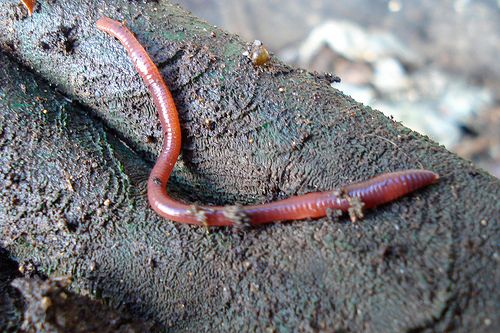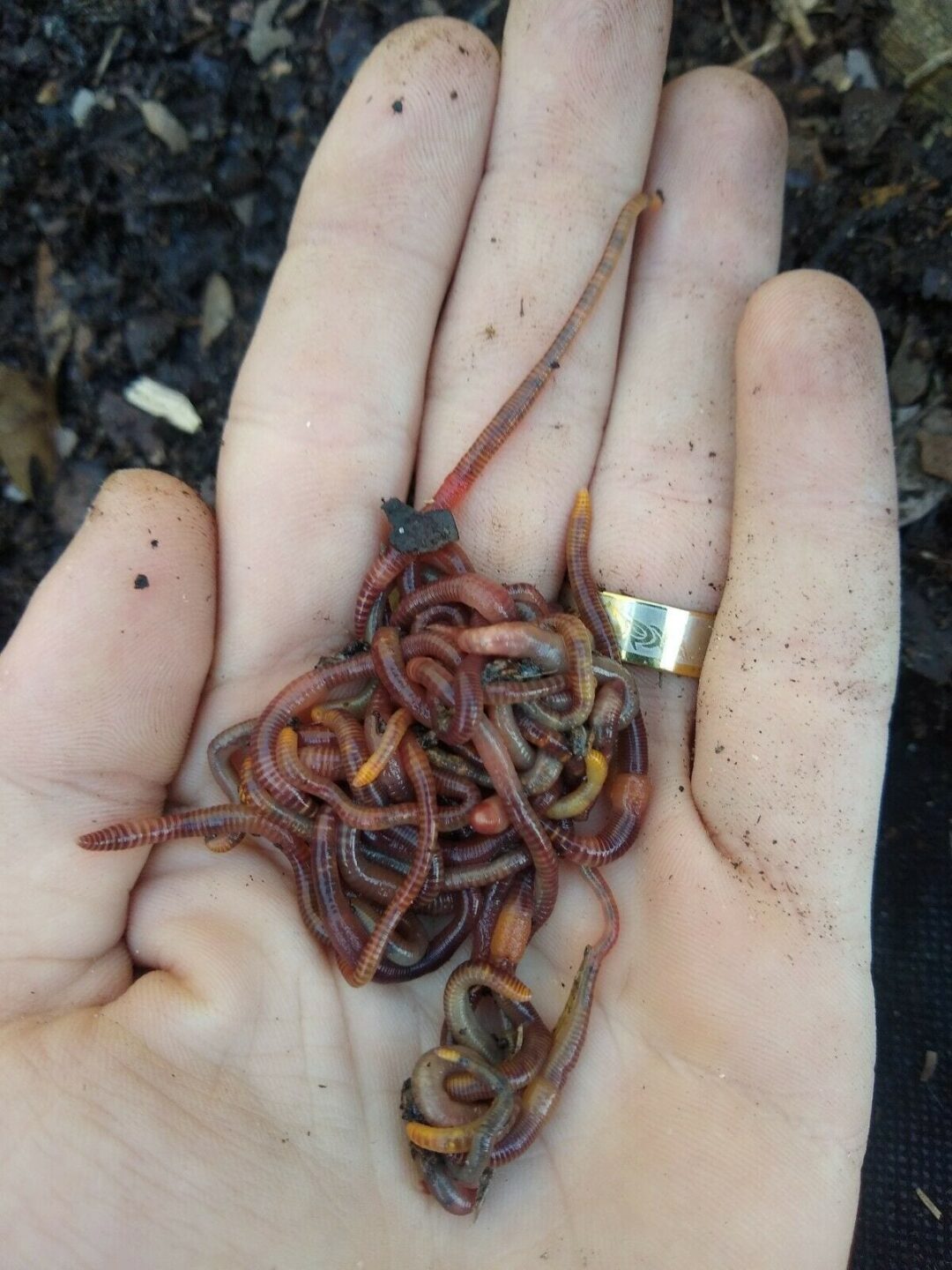Comprehensive Lawn Care Services from Red Wiggler Express
Comprehensive Lawn Care Services from Red Wiggler Express
Blog Article
Red Wigglers: The Unsung Heroes of Organic Waste Recycling
Red wigglers, or Eisenia fetida, serve as essential agents in the organic waste reusing procedure, changing discarded materials right into useful vermicompost. As the world progressively seeks services to fight waste build-up and improve agricultural productivity, comprehending the role of these worms comes to be essential.
What Are Red Wigglers?
The remarkable resilience of red wigglers, medically referred to as Eisenia fetida, emphasizes their critical duty in organic waste recycling. These small, reddish-brown earthworms are usually found in breaking down raw material, such as compost stacks and manure heaps. Lake Hickory Bait. Unlike other earthworm types, red wigglers grow in nutrient-rich environments and are highly effective at breaking down natural materials, making them necessary for vermicomposting

(Red Wiggler Express)Along with their function in waste decrease, red wigglers add to dirt health by improving soil framework and oygenation via their delving activities (Lake Hickory Bait). Their presence in composting systems not only enhances decay rates however additionally advertises a lasting method to waste monitoring, illustrating their importance in environmental conservation efforts
Benefits of Composting With Worms
Composting with worms, especially red wigglers, uses many benefits that improve both waste administration and soil health and wellness. Initially, these worms effectively break down organic waste, converting it into nutrient-rich vermicompost that enriches soil. This process accelerates decomposition, permitting a faster recycling of cooking area scraps and various other natural materials compared to traditional composting methods.
In addition, the vermicompost generated by red wigglers is bursting with helpful microbes, which assist improve dirt framework, aeration, and moisture retention. This boosts the general health of plants, advertising strenuous growth and increased returns in gardens and agricultural setups. Moreover, using worms in composting minimizes the manufacturing of greenhouse gases, such as methane, adding to a more lasting waste administration system.

How to Start Vermicomposting
Establishing a vermicomposting system is a simple procedure that can generate substantial benefits for both waste management and soil enrichment. To begin, choose an appropriate container, such as a plastic container or wood box, with adequate ventilation holes to ensure proper air flow. The dimensions ought to ideally be around 2 feet by 3 feet, enabling sufficient area for the worms to prosper.
Next, prepare bed linen material, which can include shredded newspaper, cardboard, or coconut coir. This bedding should be moistened to create a suitable environment for the worms. As soon as the bed linens remains in location, present red wigglers (Eisenia fetida) into the bin, usually around one pound of worms for every square foot Discover More Here of area.
Adhering to the positioning of worms, add natural waste, such as fruit and veggie scraps, coffee grounds, and smashed eggshells. With these steps, you will effectively launch a vermicomposting system that contributes to sustainable waste administration and enriches your dirt.
Maintaining a Healthy And Balanced Worm Container
(Lake Hickory Bait)Keeping a worm container flourishing calls for regular focus and like make certain the health of the red wigglers and the performance of the composting process. Correct maintenance begins with monitoring the wetness degrees; the bin must perspire however not saturated. A great general rule is to maintain an uniformity comparable to a wrung-out sponge.
Aeration is vital. Gently mixing the bed linens and food scraps every couple of weeks avoids compaction and makes sure that all worms have access to oxygen. Furthermore, it is vital to feed the worms appropriately. A balanced diet plan of fruit and veggie scraps, coffee grounds, and crushed eggshells must be supplied in small amounts to avoid overfeeding, which can result in odors and insects.
Temperature level regulation is another important element. Red wigglers prosper in a variety of 55 to 77 levels Fahrenheit. If the container comes to be too hot or cold, the worms may become stressed - Lake Hickory Bait. Lastly, periodically look for signs of health and wellness, such as worm population growth and the presence of healthy castings. By diligently taking care of these variables, one can keep a durable and effective worm container.
Influence On Lasting Living
The successful upkeep of a worm container not only benefits the wellness of red wigglers however likewise contributes dramatically to lasting living methods. By recycling natural waste, such as kitchen area scraps and yard particles, red wigglers assist divert significant amounts of product from land fills. This reduction in waste not just reduces greenhouse gas emissions yet likewise decreases the environmental worry related to waste management.
In addition, the castings generated by red wigglers work as a nutrient-rich organic plant food, enhancing dirt health and advertising plant growth. This all-natural option to chemical plant foods supports lasting agriculture and horticulture practices, lowering reliance on artificial inputs that can harm ecological communities. Furthermore, worm composting cultivates understanding of waste monitoring, motivating people and communities to embrace even more sustainable routines.

Conclusion
In recap, red wigglers offer as crucial contributors to organic waste reusing with their effective decomposition of organic products. By integrating vermicomposting into waste monitoring approaches, individuals and communities can significantly lower waste while advertising environmental sustainability.
Report this page